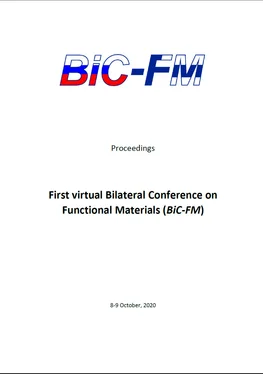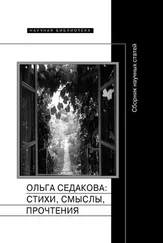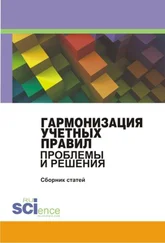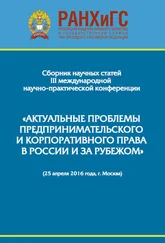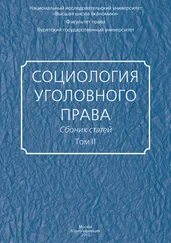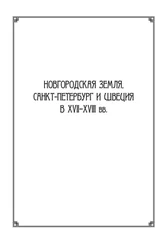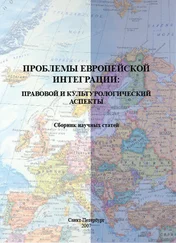
Professor Esko I. Kauppinen, PhD (Physics)is the Vice-Dean responsible for research, innovations and industry relationships at the Aalto University School of Science and Tenured Professor of Physics at the Department of Applied Physics. He has published more than 443 scientific journal papers e.g. in Nature Nanotechnology, NanoLetters, ACS Nano, Angewandte Chemie, Carbon, Energy and Environmental Sciences etc., having Hirsch-index over 52 and over 10 600 citations. He has given more than 120 keynote and invited conference talks and 220 talks at world leading companies and universities. He is considered one of the world leading authors in the area of single walled carbon nanotube synthesis, characterisation and thin film applications as well as in the gas phase synthesis of particles for inhalation drug delivery. He is the founding member of the companies Canatu Oy ( http://www.canatu.com) and Teicos Pharma Oy ( www.teicospharma.com).
Characterization of the distribution of multilayer carbon nanotubes in polymer composites using cyclic measurements of current-voltage characteristics
S. I. Moseenkov 1, A. V. Zavorin 1,2, and V. L. Kuznetsov 1 ,2
1Boreskov Institute of Catalysis SB RAS, Lavrentiev ave. 5, 630090 Novosibirsk, Russia
2Novosibirsk State University, Pirogova str. 2, 630090 Novosibirsk, Russia
kuznet@catalysis.ru
In this paper we suggested a method for evaluating the uniformity of the nanotube distribution in the MWCNT-polymer composites based on sequential measurements of their current-voltage-conductivity (СVС) characteristics in a wide range of applied voltages (E, up to 10 3V/mm). The MWCNTs in the composites form ohmic contacts (direct contacts between the nanotubes) and non-ohmic contacts (nanotubes in the contact are separated by several polymer chains). In our study we investigated composites with polyethylene and poly(methyl methacrylate) matrixes produced using MWCNTs with different aspect ratio (AR, 36 to 3000). In composites with uniform distribution of nanotubes (near the percolation threshold), large number of non-ohmic contacts results in high specific resistivity to 10 13-10 14Ω・cm. This makes it difficult to measure the resistance at low E and impairs reproducibility of the results because partial transformation of contacts due to the heat release under electrical current takes place during the measurements already at E = 0.3 V/mm and current density 4・10 -8A/cm 2. Furthermore, in the case of a high applied voltage, the decrease in resistance can reach 10 5due to the formation of new ohmic contacts between nanotubes. The number of ohmic contacts in the composites also increases when the conductivity and I–V characteristics are measured due to irreversible transformation of non-ohmic contacts into ohmic contacts under the action of electrical thermal breakdown. This effect increases together with the number of non-ohmic contacts in the composite, which was demonstrated for composites modified by MWCNTs with AR values ranging from 36 to 3000. Therefore, the MWCNT percolation threshold largely depends on measurement conditions and on the sample's "history". We demonstrated that cyclic I–V measurements can be used to characterize the nature of the contacts between the nanotubes in polymer composites, in particular, to determine the presence of non-ohmic and ohmic contacts, transformations of the former into the latter, and to control the conductivity of MWCNT based composites using electric fields with a strength higher than 1 V/mm.
The suggested method for activation of isolated contacts between nanotubes can be used for controlled modification of MWCNT based composites for production of functional materials or devices on their basis (e.g. pressure sensors or deformation sensors, etc.) [1,2].
Acknowledgments. The work was carried out within the framework of the RFBR project No. 20-33-70120.
References:
[1] Moseenkov S.I., et al., Journal of Structural Chemistry. 2020. V.61. N4. P. 628–639.
[2] Moseenkov S.I., et al., eXPRESS Polymer Letters. 2019. V.13. N12. P. 1057–1070.
The electric resistivity and piezoresistive response of functional carbon nanocomposites
Hassaan A. Butt,Stepan V. Lomov, Iskander S. Akhatov, Sergey G. Abaimov
Centre for Design, Manufacturing and Materials
Skolkovo Institute of Science and Technology, Moscow, Russia
hassaan.butt@skoltech.ru
Functional nanocomposites are allowing fundamental changes to the way system and material monitoring and testing takes place, both during manufacturing as well as during composite usage lifecycle [1, 2]. One such application of these materials is the replacing of traditional sensors for deformation sensing, allowing the reduction in cost and weight of systems and potential usage has already been highlighted in fields such as the automotive, aerospace, renewable energy and sensor manufacturing sectors [3, 4].
In recent years, nano-carbon particles, in particular, carbon nanotubes and graphene/derivatives, have been under intense scientific scrutiny as additives for composite manufacturing, not only increasing the mechanical properties of composites but allowing the final composites to be electrically conductive and piezoresistive in nature [5, 6].
In this work, industrial masterbatches have been used to manufacture functional nanocomposites and evaluate their feasibility for large scale production of strain sensing thermoplastic nanocomposites. Masterbatches are high weight/volume fraction compounds premixed with nanoadditives in a selected matrix and provide a safe medium for implementing nanomaterials on an industrial scale. From a safety, production line modification and financial standpoint, masterbatches are the most feasible implementation medium for large scale production. However, very few publications deal masterbatch-based nanocomposites and of those available, even fewer deal with piezoresistivity or self-diagnostics.
Six types of carbon nanoparticle masterbatches were employed during this study, each type containing either single-wall carbon nanotubes (SWCNT), multi-wall carbon nanotubes (02 types, MWCNT), graphene (G), reduced graphene oxide (RGO) or nitrogen doped graphene (NDG). These particles were added to an epoxy matrix at three weight percentages of interest, 0.5 %, 1.0 % and 2 %. The electrical and piezoresistive properties of the formulated nanocomposites were studied, with higher weight fractions yielding higher electrical conductivities whereas the same yielded lower piezoresistive response. Carbon nanotube (CNT) based nanocomposites outperformed graphene/derivative nanocomposites in terms of electrical conductance, showing resistivities between 2 – 10 6Ohm∙cm as compared to G/RGO/NDG samples, with values between 10 11-10 12Ohm∙cm. CNT based nanocomposites showed strain based gauge factors between ~2–7, while graphene/derivative nanocomposites showed extremely high resistivities infeasible for piezoresistive monitoring at the studied weight percentages. A clear relationship between the attained electrical conductance of CNT nanocomposites and their strain sensing ability (gauge factor) has also been established, with the dependency following a semi-logarithmic system; GF=A*log(R0)+B.
References
1. Lee, J. and B.L. Wardle. Nanoengineered In Situ Cure Status Monitoring Technique Based on Carbon Nanotube Network . in AIAA Scitech 2019 Forum . 2019. San Diego, California.
Читать дальше
